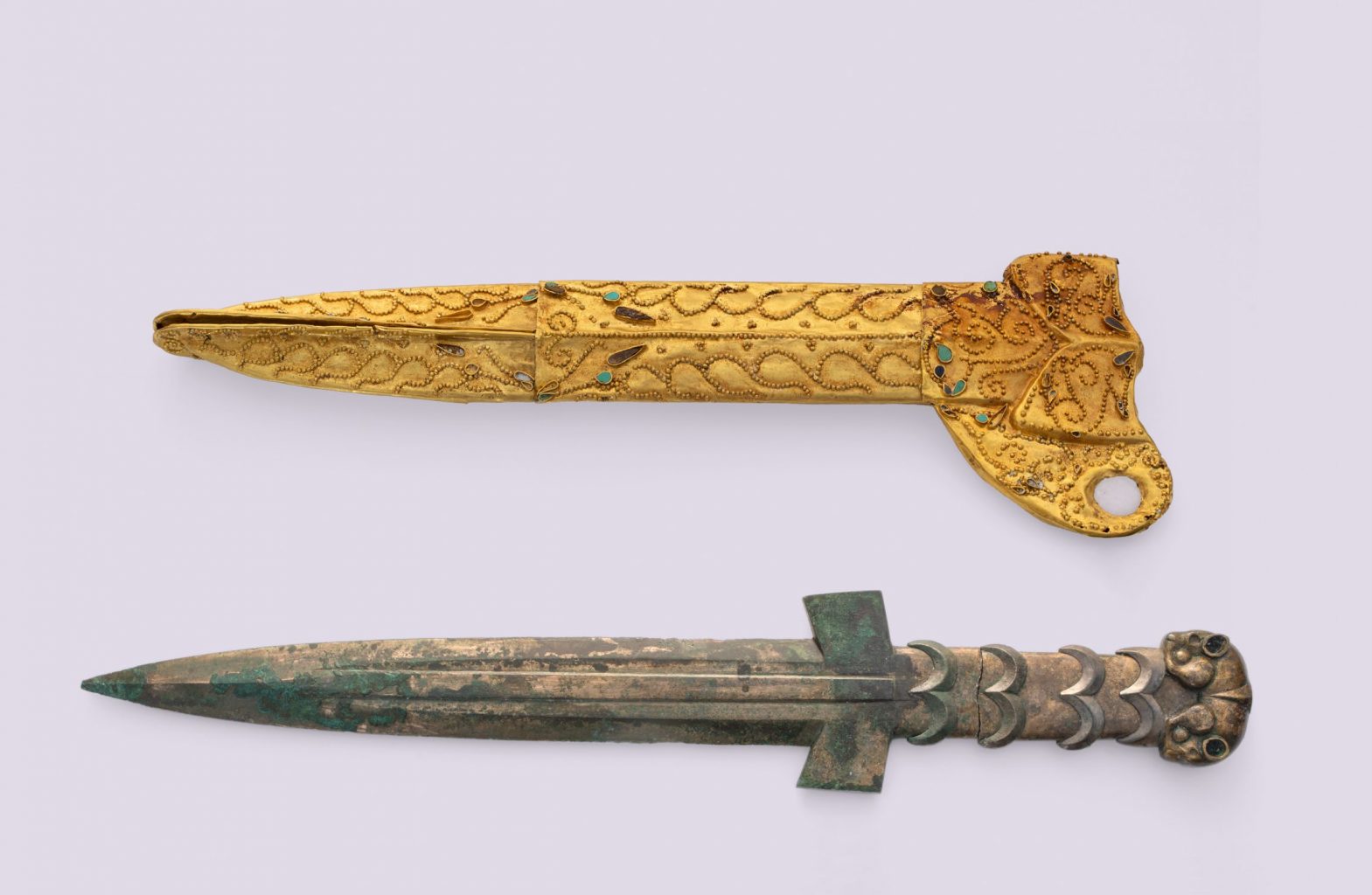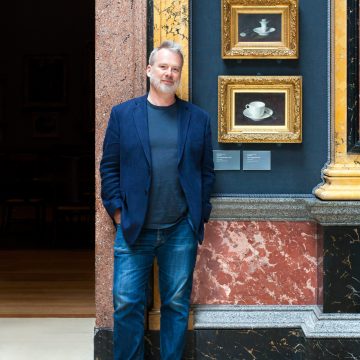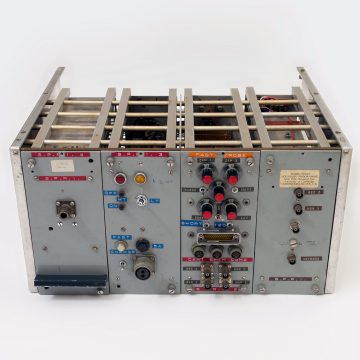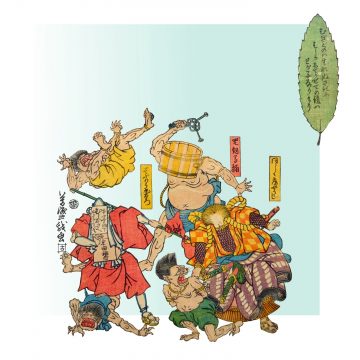Gold of the Great Steppe
Recent excavations in East Kazakhstan have revealed the extraordinary technological skills of people once characterised as roving barbarians, says Dr Rebecca Roberts.
This intricate golden scabbard – and the bronze dagger it holds – belonged to a boy aged around 17 to 18. We don’t know much about him as an individual, as his people, the Saka of Eastern Kazakhstan, left no written language except for a short inscription on a silver bowl buried about 300 miles away from our teenager. But his scabbard and the other objects found at his 2,700-year-old gravesite have much to tell about the society in which he lived.

On loan from East Kazakhstan Region of the Republic of Kazakhstan and Regional Museum of History and Local Studies of the Department of Culture, Archives and Documentation of East Kazakhstan.
These artefacts were the subject of Gold of the Great Steppe, an exhibition at the Fitzwilliam Museum that showcased recent excavations of Saka burial mounds in East Kazakhstan. Seen in the UK for the first time since their discovery by Kazakhstani archaeologists three years ago, they demonstrate the extraordinary technological skills of the Saka, whose culture flourished between the 8th and 3rd centuries BCE.
It made this exhibition a chance to set the record straight about a people “misrepresented as the roving barbarians of the past” says Dr Rebecca Roberts, research associate at the Fitzwilliam. The scabbard, which is made of sheets of worked gold covered with tiny golden balls and inlaid with precious stones, is a case in point. “In one piece we’ve got three different jewellery goldsmithing techniques that have been employed,” says Roberts. “And then the dagger itself is made of bronze. To have all those technologies shown off to their finest degree in that single object is incredible. These are complex people, and highly skilled, with an artistic eye that we can all appreciate.”
Even more incredible is the fact that the scabbard is with us at all. The burial from which it was excavated is only the second of its period to have been discovered intact and unlooted on Kazakhstani territory (the first was in 1969). It’s a matter of pure luck that the grave of the teenaged boy didn’t share the fate of the young girl – probably his sister – interred in the same burial mound. While her grave was looted of all but her bones and a single bone artefact, his was untouched, probably saved by the partial collapse of the burial chamber.
“It represents exceptional preservation,” says Roberts. “Looting remains a problem today: our archaeologist colleagues in Kazakhstan have excavated looted tunnels that have cigarette butts and crisp packets and plastic bottles in them, so we know it’s an ongoing problem. This discovery shows how under threat this heritage is, but it also highlights the role of chance in archaeology and history, because what’s preserved determines whose stories we can actually tell.”







